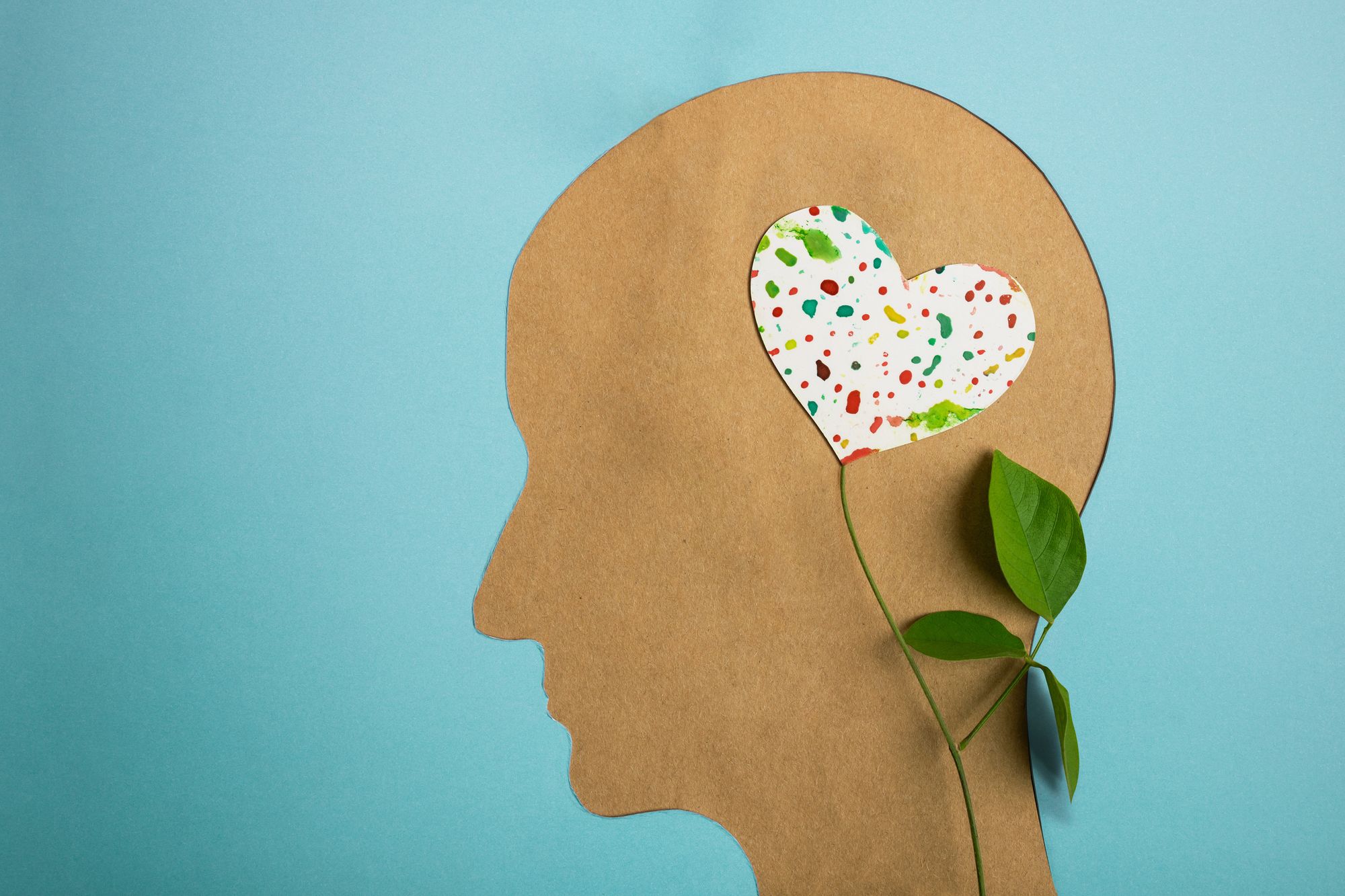Unveiling the Enigmatic Potential of Low-Dose Naltrexone: A Beacon of Hope in Medical Innovation

Introduction:
In the labyrinth of modern medicine, where treatments often come laden with side effects and limitations, Low-Dose Naltrexone (LDN) emerges as a beacon of promise. This unassuming medication, originally designed to combat opioid addiction, has sparked a revolution in the healthcare landscape. Its off-label use in minute doses has captivated researchers and patients alike, offering a glimmer of hope for conditions ranging from autoimmune disorders to neurological diseases. Join us as we embark on a journey to uncover the enigmatic potential of LDN and its transformative impact on patient care.
Unlocking the Mysteries of LDN:
Low-Dose Naltrexone, typically administered in doses ranging from 1.5 to 4.5 milligrams, operates on a different wavelength compared to its higher-dose counterpart. While traditional naltrexone blocks opioid receptors to deter addiction, LDN dances to a different tune, modulating the immune system and exerting anti-inflammatory effects. This unique mechanism of action has paved the way for LDN's exploration in a myriad of medical conditions, transcending its original purpose and offering hope where conventional treatments have faltered.

A Ray of Light in Autoimmune Darkness:
Autoimmune disorders, characterized by the body's immune system turning against itself, often cast a shadow over patients' lives. Conditions such as lupus, Hashimoto's thyroiditis, and psoriasis unleash a cascade of inflammation and dysfunction, leaving patients desperate for relief. Enter LDN, with its tantalizing potential to rebalance the immune system and quell the flames of autoimmunity. While research is still in its infancy, preliminary studies and anecdotal evidence suggest that LDN may hold promise as a safe and effective adjunctive therapy for autoimmune warriors seeking reprieve.
Navigating the Neurological Terrain:
Neurological diseases, from multiple sclerosis to Parkinson's, present formidable challenges for patients and clinicians alike. The intricate dance of neurotransmitters and neural pathways defies conventional treatment approaches, leaving many grasping for solutions. LDN, with its immunomodulatory properties and potential to mitigate neuroinflammation, offers a glimmer of hope in this daunting landscape. While the research is ongoing, early findings hint at LDN's potential to alleviate symptoms and improve quality of life for individuals grappling with neurological conditions.

Beyond Borders:
LDN in Pain Management and Mental Health: The allure of LDN extends beyond the realms of autoimmune disorders and neurological diseases. Chronic pain sufferers find solace in LDN's ability to modulate pain pathways and reduce inflammation, offering a ray of hope amidst the opioid epidemic. Moreover, emerging research suggests that LDN may harbor potential in the realm of mental health, with its immunomodulatory effects potentially influencing neuroinflammation and neurotransmitter function. While the landscape of LDN in pain management and mental health is still unfolding, early indications point towards a promising frontier of exploration.
Conclusion:
Low-Dose Naltrexone stands as a testament to the power of medical innovation and the unyielding spirit of human curiosity. In its humble guise, LDN offers a glimpse into a future where treatments are tailored, side effects are minimized, and hope springs eternal. As researchers continue to unravel the mysteries of LDN and its multifaceted potential, it is clear that this unassuming medication has the power to redefine the landscape of modern medicine and illuminate the path towards a brighter, healthier future for all.
